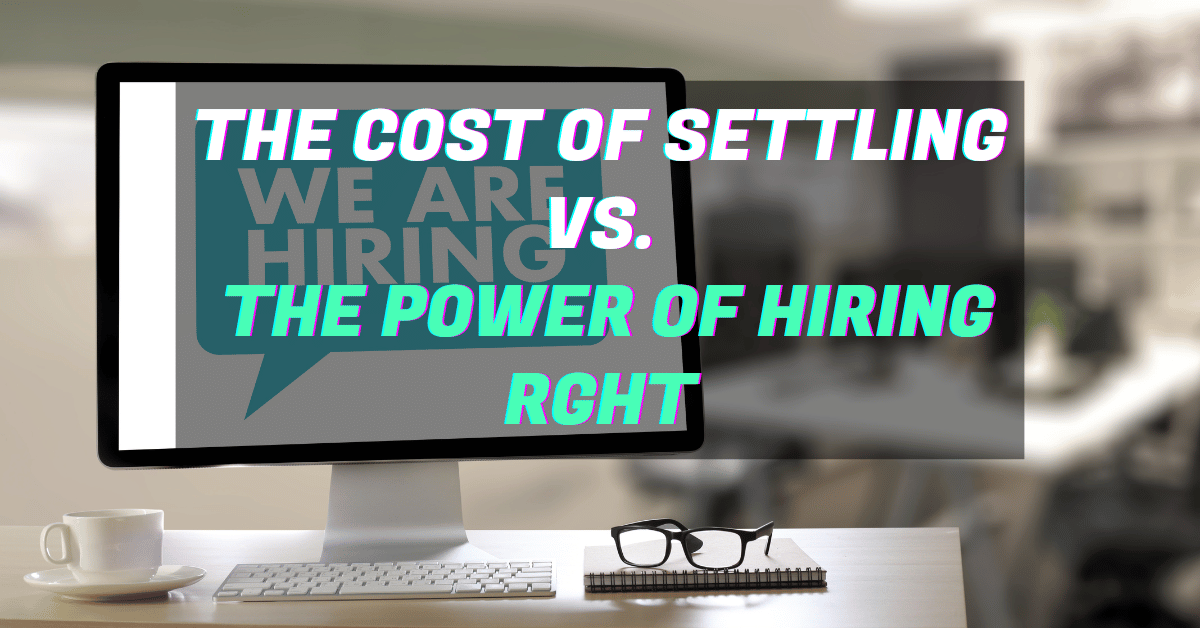Without a doubt, the posterchild for a job search is your resume. Sure, trends show that it will eventually become obsolete, as Linkedin and other virtual platforms take over. But in the meantime, they are still a crucial piece to your success in landing your next position.
Often overlooked, your resume defines who you are. Not only with your work experience and job history, but the overall thoughtfulness you put into your resume shows a lot about how much you value your career. Does it look sloppy or put together last minute? Does the content reflect your actual responsibilities? Simply listing your jobs and one or two bullet points down a Word Document just doesn’t cut it. Competition is fierce, guys. And hiring managers reviewing your resume are going to do nothing but try and poke holes in it.
After looking at dozens of resumes per DAY, there are several trends and frankly, mistakes, that people are making when creating and sending their resumes out. Some may seem minor but they are extremely impactful. And the best part is, most of these things are simple to fix:
- Fonts – Guys, can I tell you how many people send me resumes with 10 different fonts all over the darn place? It sounds silly but from an aesthetics point of view, it looks rather sloppy and more difficult for the reader to digest your content. Pick one font (and if it’s Comic Sans, goodbye) and stick with it!
- Lack of Content – It’s crazy how often we speak to people with exceptional backgrounds but when we open their resume, it barely tells that story. Rather, it’s an awkward combination of 1-2 bullet points that they probably pulled from their original job description that in no way reflects their accomplishments or true “day-to-day”. A good rule of thumb: Each position should have at least 2 pieces of quantitative information (ie. Closed $1.2M in enterprise-scale deals in Q2) and at least 4 thoughtful bullet points about what you do + your accomplishments. Read each bullet point individually. If it doesn’t provide any value or insight by itself, remove it.
- Too Much Content – On the flip side, don’t overload your resume with too many words. Think about a resume like any other piece of content you read during the day. No one wants to read an autobiography about you. White space is your friend. Make everything you write down purposeful. While the “one page resume” rule has fallen by the wayside, I wouldn’t suggest making it longer than two.
- Design – You don’t have to be a graphic designer or Photoshop expert to have a “pretty” resume, but it goes a long way. There are several resources where you can find vibrant, eye-catching templates for FREE, including Word, Google Docs and Canva. It’s a wonder what a little color and design can do!
- Lose The Fillers – If any of these things are on your resume right now, highlight them and press “Delete”:
Objective Statement
“References Upon Request”
Hobbies
Personal Information (besides your phone number, email, & city)
Just trust me. You don’t need it. And yes, we’ve seen things like SSNs and weight on resumes.
- Photos – Good rule of thumb (and trust me here), save your photos for Linkedin. We’ve seen countless resumes with a “headshot” on them and unfortunately, they tend to either distract from your experience or don’t add additional value to your candidacy. Unless you’re in actor, save the visuals for social media. If you need advice on ramping up your Linkedin profile, we’ve got you covered.
Hopefully you can extract at least 1-2 helpful nuggets that can almost immediately improve your resume. Just remember, your resume is simply a fraction of what you need to bring to the job search. Attitude, personal branding, persistence, and networking all play a major part in landing you that next position. Just let your resume anchor you throughout the process!



